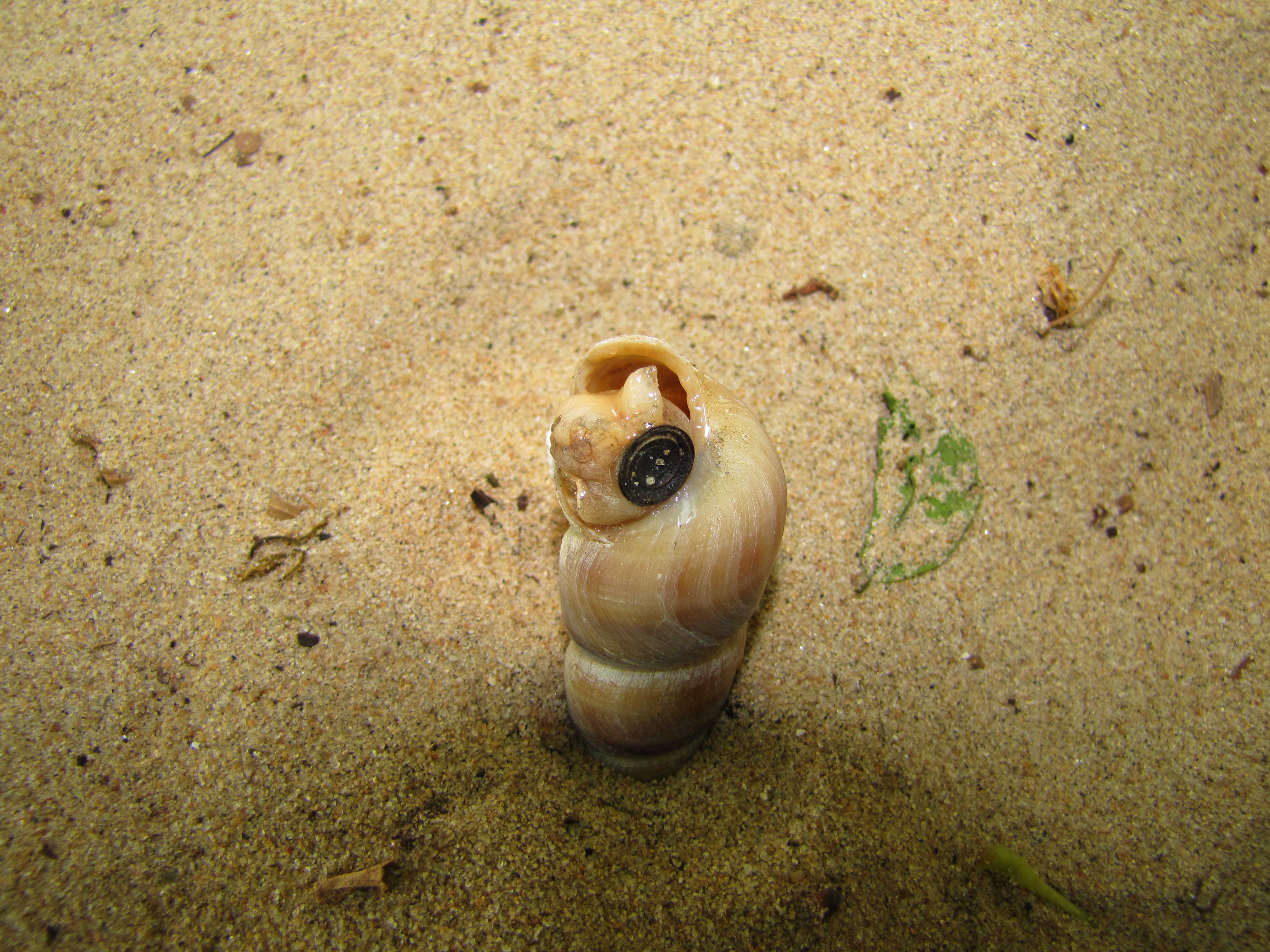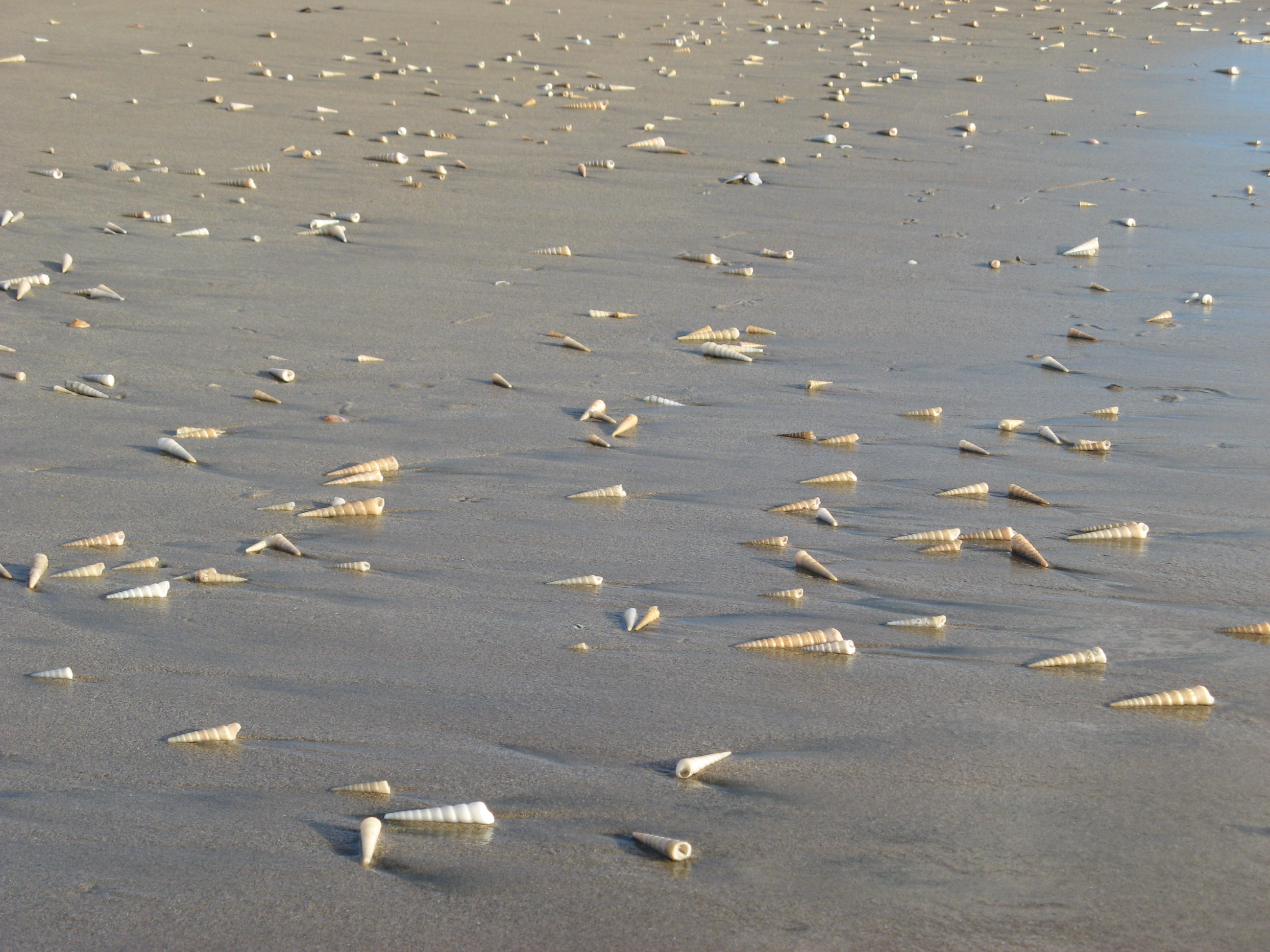|
Turritella Annulata
''Turritella annulata'' is a species of sea snail, a marine gastropod mollusk in the family Turritellidae Turritellidae, common name the "tower shells" or "tower snails", is a taxonomic family of small to medium-sized sea snails, marine gastropod molluscs in the clade Sorbeoconcha. These snails are filter feeders. This method of feeding is somewhat .... Description Distribution References External links Kiener, L.C. (1838). Spécies général et iconographie des coquilles vivantes. Vol. 10. Famille des Turbinacées. Genre Turritelle (Turritella, Lam.), pp. 1–46, pl. 1–14 [pp. 1–46 (1844), pl. 1–3, 5, 7–14 (1843), 4, 6 (1844)]; Scalaire (Scalaria, Lam.), pp. 1–22, pl. 1–7 [all (1838)]; Cadran (Solarium,Lam.), pp. 1–12, pl. 1–4 [all (1838)]; Roulette (Rotella, Lam.), pp. 1–10, pl. 1–3 [all (1838)]; Dauphinule (Dephinula, Lam.), pp. 1–12, pl. 1–4 [pp. 1–10 (1838), 11–12 (1842); ... [...More Info...] [...Related Items...] OR: [Wikipedia] [Google] [Baidu] |
Animal
Animals are multicellular, eukaryotic organisms in the Kingdom (biology), biological kingdom Animalia. With few exceptions, animals Heterotroph, consume organic material, Cellular respiration#Aerobic respiration, breathe oxygen, are Motility, able to move, can Sexual reproduction, reproduce sexually, and go through an ontogenetic stage in which their body consists of a hollow sphere of Cell (biology), cells, the blastula, during Embryogenesis, embryonic development. Over 1.5 million Extant taxon, living animal species have been Species description, described—of which around 1 million are Insecta, insects—but it has been estimated there are over 7 million animal species in total. Animals range in length from to . They have Ecology, complex interactions with each other and their environments, forming intricate food webs. The scientific study of animals is known as zoology. Most living animal species are in Bilateria, a clade whose members have a Symmetry in biology#Bilate ... [...More Info...] [...Related Items...] OR: [Wikipedia] [Google] [Baidu] |
Mollusca
Mollusca is the second-largest phylum of invertebrate animals after the Arthropoda, the members of which are known as molluscs or mollusks (). Around 85,000 extant species of molluscs are recognized. The number of fossil species is estimated between 60,000 and 100,000 additional species. The proportion of undescribed species is very high. Many taxa remain poorly studied. Molluscs are the largest marine phylum, comprising about 23% of all the named marine organisms. Numerous molluscs also live in freshwater and terrestrial habitats. They are highly diverse, not just in size and anatomical structure, but also in behaviour and habitat. The phylum is typically divided into 7 or 8 taxonomic classes, of which two are entirely extinct. Cephalopod molluscs, such as squid, cuttlefish, and octopuses, are among the most neurologically advanced of all invertebrates—and either the giant squid or the colossal squid is the largest known invertebrate species. The g ... [...More Info...] [...Related Items...] OR: [Wikipedia] [Google] [Baidu] |
Gastropoda
The gastropods (), commonly known as snails and slugs, belong to a large taxonomic class of invertebrates within the phylum Mollusca called Gastropoda (). This class comprises snails and slugs from saltwater, from freshwater, and from land. There are many thousands of species of sea snails and slugs, as well as freshwater snails, freshwater limpets, and land snails and slugs. The class Gastropoda contains a vast total of named species, second only to the insects in overall number. The fossil history of this class goes back to the Late Cambrian. , 721 families of gastropods are known, of which 245 are extinct and appear only in the fossil record, while 476 are currently extant with or without a fossil record. Gastropoda (previously known as univalves and sometimes spelled "Gasteropoda") are a major part of the phylum Mollusca, and are the most highly diversified class in the phylum, with 65,000 to 80,000 living snail and slug species. The anatomy, behavior, feeding, a ... [...More Info...] [...Related Items...] OR: [Wikipedia] [Google] [Baidu] |
Caenogastropoda
Caenogastropoda is a taxonomic clade, a large diverse group which are mostly sea snails and other marine gastropod mollusks, but also includes some freshwater snails and some land snails. The clade is the most diverse and ecologically successful of the gastropods. Caenogastropoda contains many families of shelled marine molluscs – including the periwinkles, cowries, wentletraps, moon snails, murexes, cone snails and turrids – and constitutes about 60% of all living gastropods. Biology The Caenogastropoda exhibit torsion, and thus are included in what was previously called the Streptoneura (meaning ''twisted nerves''), also known as Prosobranchia (meaning ''gills forward''). Specifically, they are characterized by having only a single auricle in the heart and a single pair of gill leaflets, and are equivalent to the Monotocardia or Pectinobranchia of older authors. Taxonomy The taxon Caenogastropoda was first established by Leslie Reginald Cox in 1960 ... [...More Info...] [...Related Items...] OR: [Wikipedia] [Google] [Baidu] |
Sorbeoconcha
Sorbeoconcha is a taxonomic clade of snails, i.e. gastropods, mainly marine species with gills and opercula, within the clade Caenogastropoda. The taxon Sorbeoconcha was named by Winston Ponder and David R. Lindberg in 1997. Taxonomy 1997 taxonomy According to the older taxonomy by Ponder and Lindberg the suborders within the order Sorbeoconcha are: * Discopoda P. Fischer, 1884 * Murchisoniina Cox & Knight, 1960 * Hypsogastropoda Ponder & Lindberg, 1997 * Cerithiimorpha Golikov & Starobogatov, 1975 2005 taxonomy In the taxonomy by Bouchet & Rocroi (2005),Bouchet P. & Rocroi J.-P. (Ed.); Frýda J., Hausdorf B., Ponder W., Valdes A. & Warén A. 2005. ''Classification and nomenclator of gastropod families''. Malacologia: International Journal of Malacology, 47(1-2). ConchBooks: Hackenheim, Germany. . . 397 pp. http://www.vliz.be/Vmdcdata/imis2/ref.php?refid=78278 the clade Sorbeoconcha was declared a taxon of unspecified rank, within the clade Caenogastropoda. It comprises the ... [...More Info...] [...Related Items...] OR: [Wikipedia] [Google] [Baidu] |
Cerithioidea
The Cerithioidea is a superfamily of marine, brackish water and freshwater gastropod containing more than 200 genera. The Cerithoidea are included unassigned in the subclass Caenogastropoda. The original name of this superfamily was Cerithiacea, in keeping with common superfamily endings at the time. Ecology Cerithioidea is a very diverse superfamily. Its species can be found worldwide mainly in tropic and subtropic seas on rocky intertidal shores, seagrass beds and algal fronds, but also in estuarine and freshwater habitats. The freshwater species are found on all continents, except Antarctica. They are dominant members of mangrove forests, estuarine mudflats, fast-flowing rivers and placid lakes.Healy J. M. & Wells F. E. (). ''Mollusca, The Southern Syntthesis. Fauna of Australia.'' Melbourne, CSIRO publishing. 707 pp. Fossil record Their fossil record of this superfamily can be traced back as far as the early TriassicTracey S., Todd J. A. & Erwin D. H. (1993). ''The Fossi ... [...More Info...] [...Related Items...] OR: [Wikipedia] [Google] [Baidu] |
Turritellidae
Turritellidae, common name the "tower shells" or "tower snails", is a taxonomic family of small to medium-sized sea snails, marine gastropod molluscs in the clade Sorbeoconcha. These snails are filter feeders. This method of feeding is somewhat unusual among gastropod mollusks, but is very common in bivalves. Shell description The shells of turritellid species have whorls that are more convex and an aperture which is more circular than it is in the auger shells which are similarly high-spired. The columella is curved and the thin operculum is horny. Anatomy of the soft parts These snails burrow into mud or sand. The foot is relatively small. Taxonomy The following five subfamilies were recognized in the taxonomy of Bouchet & Rocroi (2005): * Turritellinae Lovén, 1847 - synonyms: Zariinae Gray, 1850; Zeacolpini Marwick, 1971; Archimediellidae Starobogatov, 1982; Tachyrhynchinae Golikov, 1986 *Orectospirinae Habe, 1955 *Pareorinae Finlay & Marwick, 1937 *Protom ... [...More Info...] [...Related Items...] OR: [Wikipedia] [Google] [Baidu] |
Turritella
''Turritella'' is a genus of medium-sized sea snails with an Operculum (gastropod), operculum, marine (ocean), marine gastropod mollusc, mollusks in the family Turritellidae.Vos, C.; Gofas, S. (2013). Turritella Lamarck, 1799. Accessed through: World Register of Marine Species at http://www.marinespecies.org/aphia.php?p=taxdetails&id=138615 on 2013-06-02 They have tightly coiled shells, whose overall shape is basically that of an elongated cone. The name ''Turritella'' comes from the Latin word ''turritus'' meaning "turreted" or "towered" and the diminutive suffix ''-ella''. Species Valid Valid species within the genus ''Turritella'' are listed below. Fossil species are marked with a dagger "†". * ''Turritella acropora'' (Dall, 1889) * ''Turritella albolapis'' Finlay, 1924 * ''Turritella algida'' Melvill & Standen, 1912 * ''Turritella anactor'' Berry, 1957 * ''Turritella annulata'' Kiener, 1843 * † ''Turritella apicalis'' - Pleistocene of Florida * ''Turritella attenuata'' ... [...More Info...] [...Related Items...] OR: [Wikipedia] [Google] [Baidu] |
Louis Charles Kiener
Louis Charles Kiener (31 July 1799 – 24 July 1881) was a French malacologist born in Paris. He was the author of the 12-volume ''Spécies général et iconographie des coquilles vivantes comprenant la collection du Muséum d'histoire naturelle de Paris, la collection Lamarck, celle du prince Masséna (appartenant maintenant a M.B. Delessert) et les découvertes récentes des voyageurs'', translated into English as "General species and iconography of recent shells : comprising the Massena Museum, the collection of Lamarck, the collection of the Museum of Natural History, and the recent discoveries of travellers. The following are a few species named after him: *'' Lophotriorchis kienerii'' (G. de Sparre, 1835) *'' Murexsul kieneri'' (Reeve, 1845) *'' Thais kieneri'' (Deshayes Deshayes is a surname of French origin. * André-Jean-Jacques Deshayes (1777–1846), French ballet dancer and choreographer * Arnouph Deshayes de Cambronne (1768–1846), French governor * Catherine Desh ... [...More Info...] [...Related Items...] OR: [Wikipedia] [Google] [Baidu] |
Species
In biology, a species is the basic unit of Taxonomy (biology), classification and a taxonomic rank of an organism, as well as a unit of biodiversity. A species is often defined as the largest group of organisms in which any two individuals of the appropriate sexes or mating types can reproduction, produce Fertility, fertile offspring, typically by sexual reproduction. Other ways of defining species include their karyotype, DNA sequence, morphology (biology), morphology, behaviour or ecological niche. In addition, paleontologists use the concept of the chronospecies since fossil reproduction cannot be examined. The most recent rigorous estimate for the total number of species of eukaryotes is between 8 and 8.7 million. However, only about 14% of these had been described by 2011. All species (except viruses) are given a binomial nomenclature, two-part name, a "binomial". The first part of a binomial is the genus to which the species belongs. The second part is called the specifi ... [...More Info...] [...Related Items...] OR: [Wikipedia] [Google] [Baidu] |
Sea Snail
Sea snail is a common name for slow-moving marine gastropod molluscs, usually with visible external shells, such as whelk or abalone. They share the taxonomic class Gastropoda with slugs, which are distinguished from snails primarily by the absence of a visible shell. Definition Determining whether some gastropods should be called sea snails is not always easy. Some species that live in brackish water (such as certain neritids) can be listed as either freshwater snails or marine snails, and some species that live at or just above the high tide level (for example species in the genus '' Truncatella'') are sometimes considered to be sea snails and sometimes listed as land snails A land snail is any of the numerous species of snail that live on land, as opposed to the sea snails and freshwater snails. ''Land snail'' is the common name for terrestrial gastropod mollusks that have shells (those without shells are known .... Anatomy Sea snails are a very large group o ... [...More Info...] [...Related Items...] OR: [Wikipedia] [Google] [Baidu] |







.jpg)